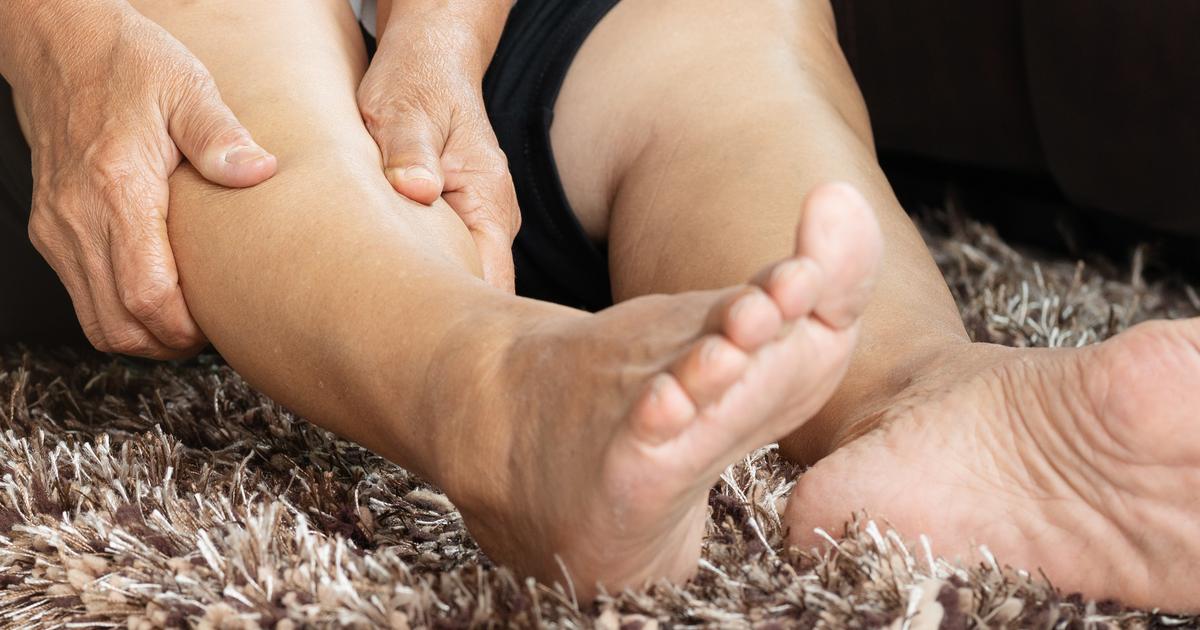What Are The Warning Signs And Causes Of Piriformis Syndrome?
Piriformis syndrome is a disorder of the muscular system where the piriformis muscle compresses the sciatic nerve. The piriformis muscle sits near the hip joint in the buttocks. This muscle is responsible for performing actions that involve the rotation of the thigh away from the body. The piriformis muscle also provides stability to the hip joint. The sciatic nerve is a major long and thick nerve that passes through or adjacent to the piriformis muscle. The sciatic nerve runs down the back of the leg, and branches out into numerous smaller nerves that eventually reach the feet. Piriformis syndrome is difficult to diagnose due to a lack of validated diagnostic tests. Symptoms alone, an MRI, or the FAIR test can all be utilized to make a diagnosis. Treatment involves the avoidance of triggering activities, pain management, and prevention of complications. Various factors can cause piriformis syndrome, and it can manifest in several ways.
Learn about the symptoms and causes of piriformis syndrome now.
Sciatic Nerve Pain

An individual who has piriformis syndrome may experience sciatic nerve pain as a symptom of their condition. The sciatic nerve is the lengthiest nerve in the human body. The lower back is where the sciatic nerve begins and eventually divides so it can run adjacent to or through both hips. From the hips, the sciatic nerve descends both sides of the body through the buttocks, legs, and feet. The sciatic nerve is responsible for providing a nerve gateway between an individual's spinal cord to the muscles and skin of their thighs, legs, and feet. Most individuals affected by piriformis syndrome describe the resulting sciatic nerve pain to be an electrical sensation or shooting pain in their buttocks that only happens on one side of their body. The sciatic pain may radiate down the back of the patient's leg, and it can sometimes affect the calves and hamstrings. The sciatic nerve pain that occurs in piriformis syndrome patients may become worse when they sit in certain positions or engage in some activities. Sitting on hard surfaces with or without the feet elevated, engaging in movements that involve rotation of the body repeatedly, and lifting heavy or cumbersome objects while pivoting the hips can all result in the worsening of piriformis syndrome precipitated sciatic nerve pain.
Uncover more warning signs of piriformis syndrome now.
Tingling Or Numbness

Piriformis syndrome patients often experience the symptoms of tingling or numbness as a result of the effect the muscle has on their sciatic nerve. Numerous mechanisms can cause the piriformis muscle to press down and compress an individual's sciatic nerve. The sciatic nerve is responsible for providing sensation in the buttocks, thighs, calves, and feet, with the transmission of signals to and from the spinal cord and brain. When an individual's piriformis muscle squeezes on the sciatic nerve, the nerve impulse signals between these regions can become disrupted or impaired in transit. When signals cannot make it from the tissues of the leg back to the brain, a patient can experience sensations of numbness that occur in an isolated region, or that affect a large part of the leg. When the nerve transmissions get disrupted, only some of these impulses make it back to the brain. Partial or broken up signals that involve sensation in the limbs can cause the patient to experience tingling. This feeling is the same as what occurs when a limb falls asleep. Numbness and tingling are commonly the very first manifestation of piriformis syndrome an affected individual notices.
Learn about the causes of piriformis syndrome now.
